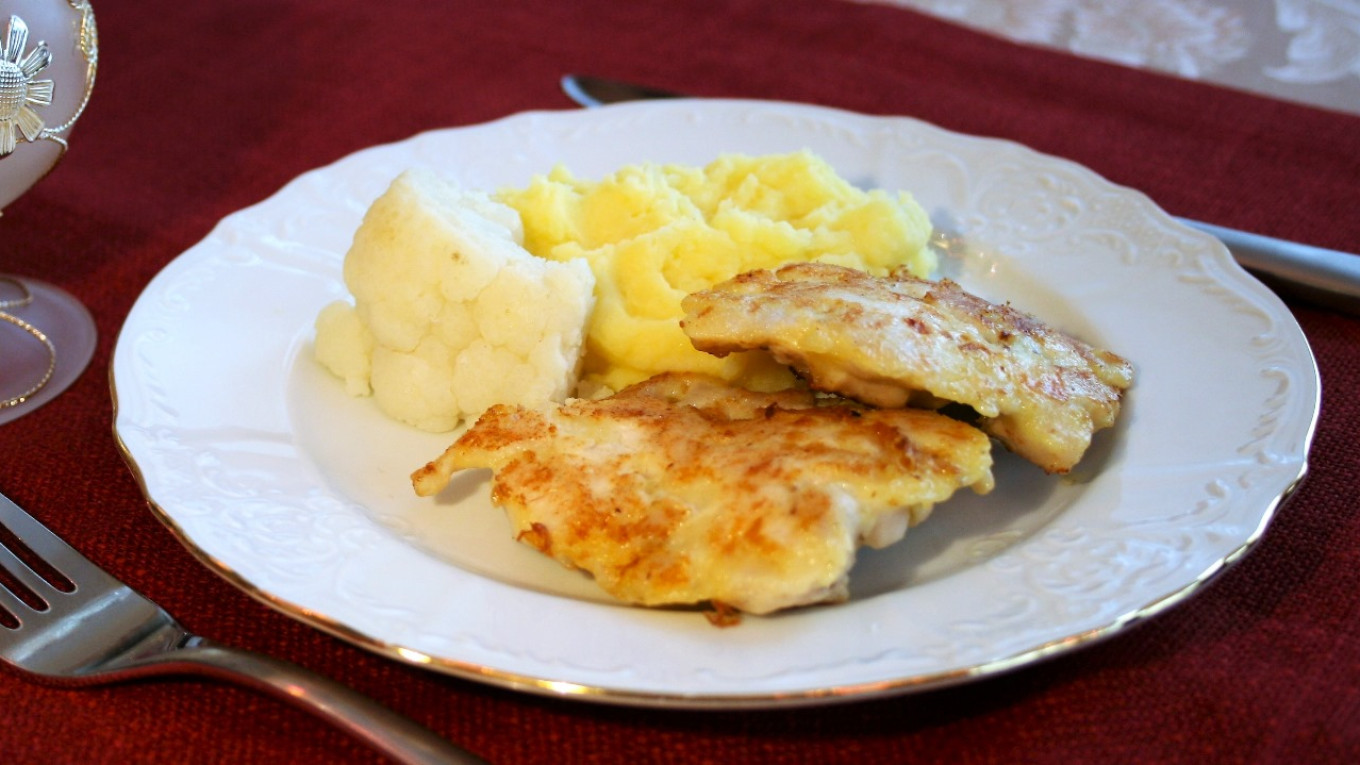"Humans are the middle link of evolution, necessary for the creation of the crown of nature's glory — a shot of cognac and a slice of lemon,” the brilliant writers Arkady and Boris Strugatsky once jokingly wrote.
The statement about human beings is debatable, but that the chicken evolved for purely culinary purposes is the absolute truth.
When someone gets sick, the first medicine is chicken broth. In many nations, chicken is the best doctor. And it’s true: hearty chicken broth with garlic is generally helps patients get stronger. And like any fabulous medicine, it has its secrets.
At the market we often see a scene play out at the poultry stand. A woman is choosing a chicken. "Do you want the chicken for frying or broth?" the seller asks. About 90% say "for frying" and get a well-fed young chicken. But there are connoisseurs who choose the alternative. "You’ll need to boil it for three and a half hours," the seller explains, to make sure the buyer understands. “But what broth you will get!" With these words the seller slaps down on the counter a pathetic creature that seems to have spent its short life doing hard labor. But we aren’t deterred by the chicken’s appearance. We know that this old girl will make the most delicious broth.
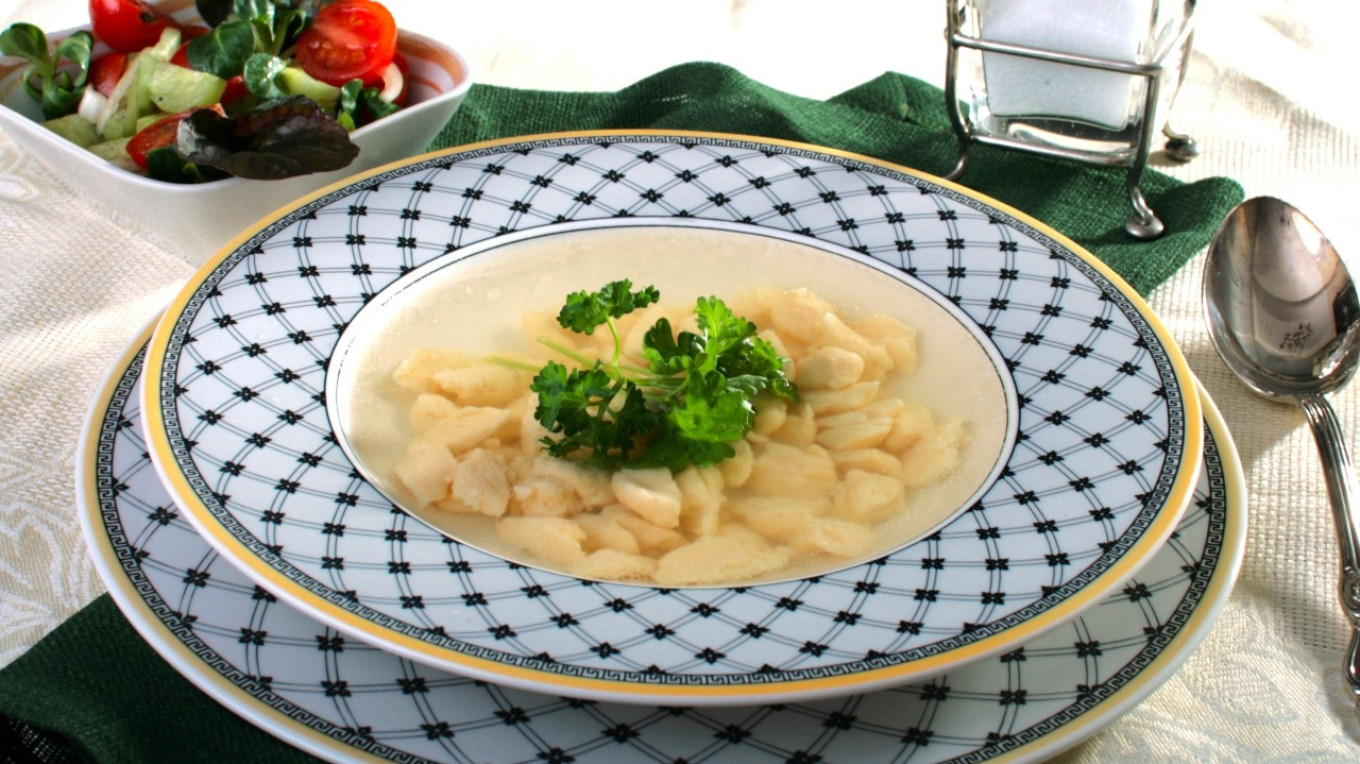
"Old girl" is a bit of an overstatement. A good soup chicken is about a year old. It makes no sense for a farmer to raise it longer. Today there are "meat" and "egg" breeds of chickens. But it hasn’t always been that way.
The history of breeding chickens in Russia is not straightforward. To begin with, chicken breeding has been the least developed branch of animal husbandry in Russia, even 300-400 years ago, not from the point of view of numbers but in terms of domestication. If there was some kind of rudimentary selection process with cows or sheep, there was nothing like that for chickens. Up to the middle of the 19th century there were not any real breeds and they were kept in the most primitive conditions imaginable.
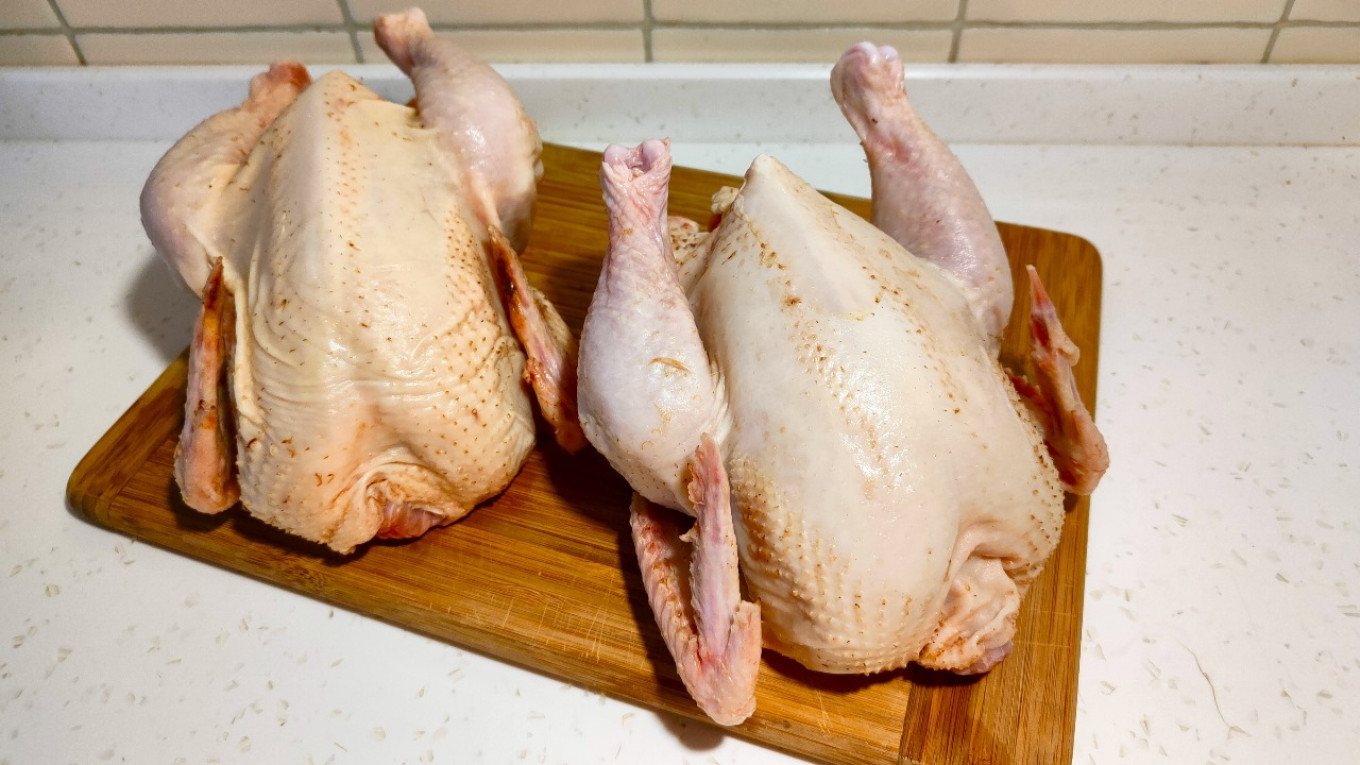
Of course this does not mean that chickens in Yaroslavl and Astrakhan provinces were identical. Local varieties developed naturally, without much human intervention. Poultry specialists write that domestic chickens had a very small height and weight: females weighed about 1.4 kg (3 lbs), roosters — 2 kg (4.5 lb). They were not everyday food, especially since the poor conditions they lived in produced tough and dry meat.
In summer they would go outdoors and feed on ecologically clean worms. But for most of the year they lived in cramped hen houses and fed not fine wheat but whatever their owners could find: weed grain, bran, and often the steamed chaff from rye threshing. Their egg-laying capacity was also low: they started laying late and gave no more than 70 eggs a year.
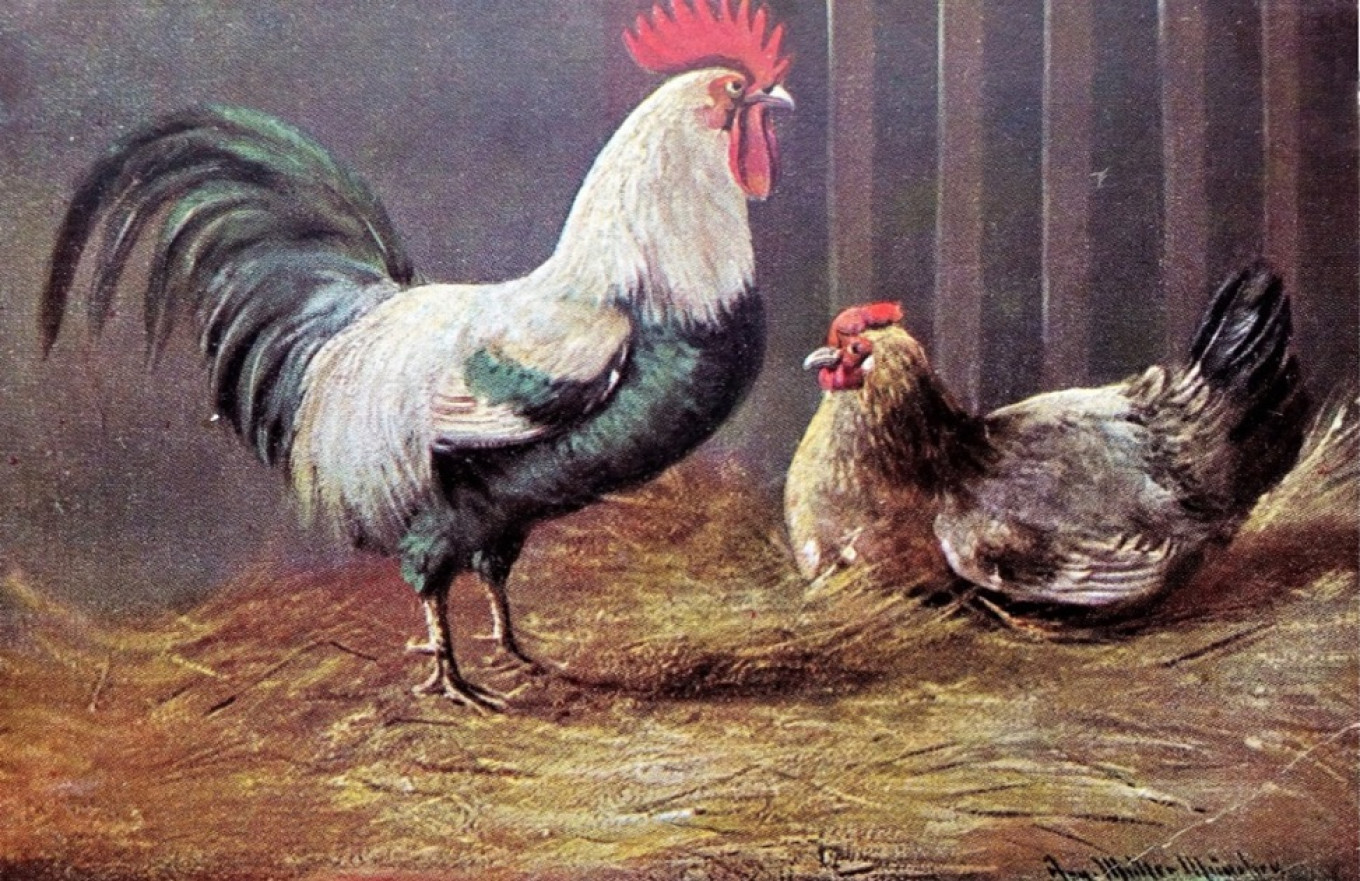
That's what we mean when we say that the question “to fry or for broth” was not an issue back then. As the joke goes, a peasant would ask her cow in the morning, “What will you give me today, my dear, milk or meat?” But no one asked the chickens. They would lay eggs for a year and then —into the soup pot.
This pattern can be traced even in the recipes of that time. First of all, since recipes were for the well-to-do public, most of them don’t call for chickens but for pullets (chickens under the age of one year). So we can see right away that these dishes were for the affluent. In the 19th century village, no one tried to raise pullets. It took a lot of time, effort and fodder. The only thing you might find was roosters raised for about 3-4 months that weighed 1-1.5 kilograms. But this was only so they could be sold to the urban public.
There they would be handled by experienced cooks. The famous Russian chef Gerasim Stepanov in his 1851 cookbook describes all the difficult tasks to roast a pullet:
"Slaughter the pullets and put them in cold water. Then hold them by the head and scald their legs and then the whole bird with boiling water. Put it back in cold water again; wash it, gut it, remove the goiter, carefully remove the eyes with a knife without damaging the brain. Beat the liver with a knife and put it behind the wings. Tuck the legs in with pins and put a kidney under each. Put the bird on a spit and roast it over the fire."
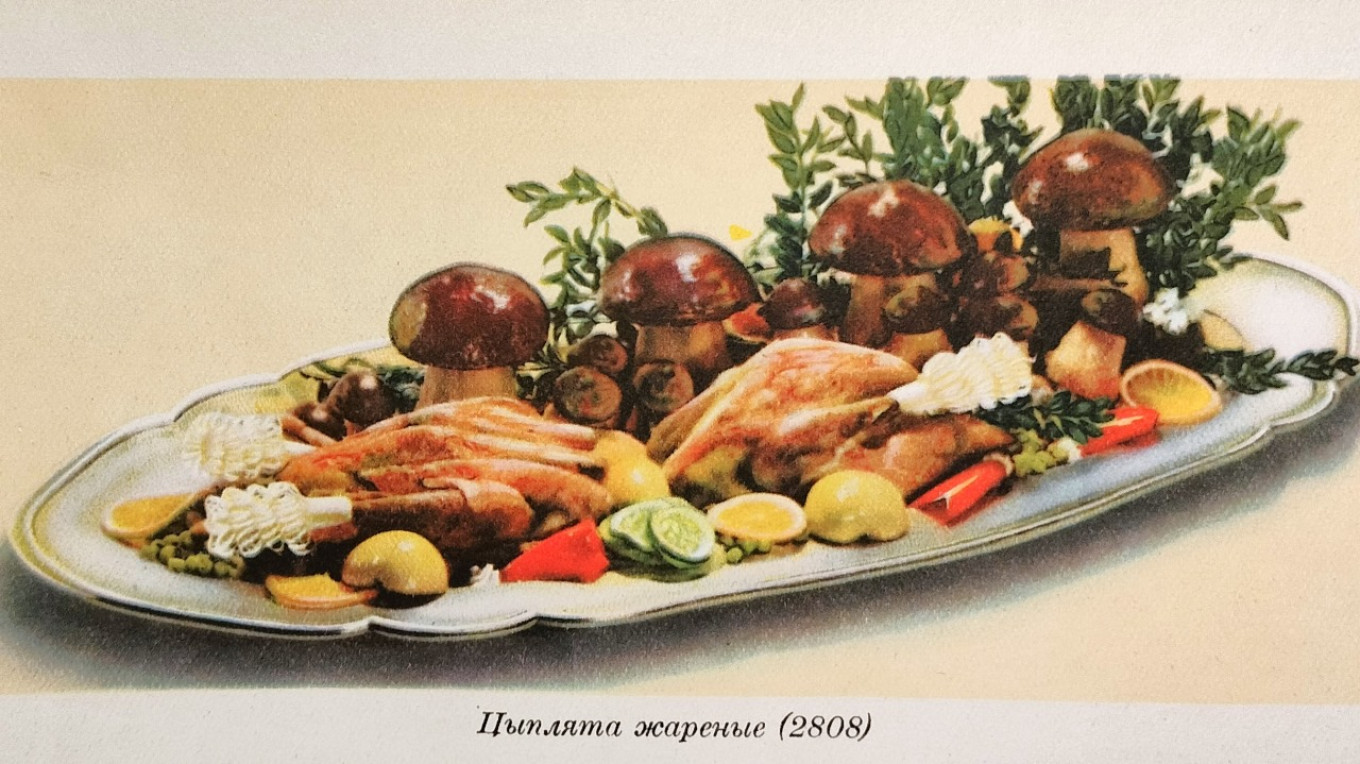
In the past, to stew a chicken, you needed to deal with the meat differently. Today we cut it into pieces, add spices and sauce, put it in a skillet on the stove and cover it while it stews. In the old days, before they did that they needed to boil the chicken until it was half cooked. That explains everything. You see, the chicken that appeared in an ordinary kitchen in the 19th century had already lived a long and full life. To soften its work-toughened meat, the carcass had to be cooked for a long time. Yekaterina Avdeyeva (1788-1865) describes it in her cookbook:
"Chicken with mushrooms. Gut the chicken, scorch it, wash it, boil it till half cooked in water with salt, then cut it into pieces. Put ¼ lb. of butter in a saucepan, heat until it bubbles and begins to brown, add a spoonful of flour and stir without removing from the fire. When the flour browns, dilute it with broth, put in the chicken, already cut into pieces, finely chopped mushrooms and the juice of one lemon. Cook until until ready."
Today we don’t really know how and how long to cook chicken. And the flavor? It largely depends on the cook. No wonder all the old recipes for broths and soups pay so much attention to all the root vegetables to add and a variety of herbs and spices. Maybe they were really necessary?
Today we offer a recipe that was a favorite of Soviet housewives. And children adore it! They are right — you take dry, boring chicken breasts and turn them into juicy, tender, dietetic cutlets. And it’s a snap to make.
Ministerial Chicken Cutlets
A whole chicken breast (or two fillets) makes about 10-12 cutlets.
Ingredients
- 2 chicken breasts
- 2 Tbsp mayonnaise
- 1 Tbsp starch
- 1 egg
- salt, pepper to taste
- 2 Tbsp clarified butter (you can also use plain melted butter)
Instructions
- Rinse and dry the fillet, then cut into thin strips. Beat an egg into the strips, add mayonnaise, starch, salt and pepper. You can also add minced garlic. Mix everything thoroughly with a fork (not a spoon!) and put it in the refrigerator for 2 hours.
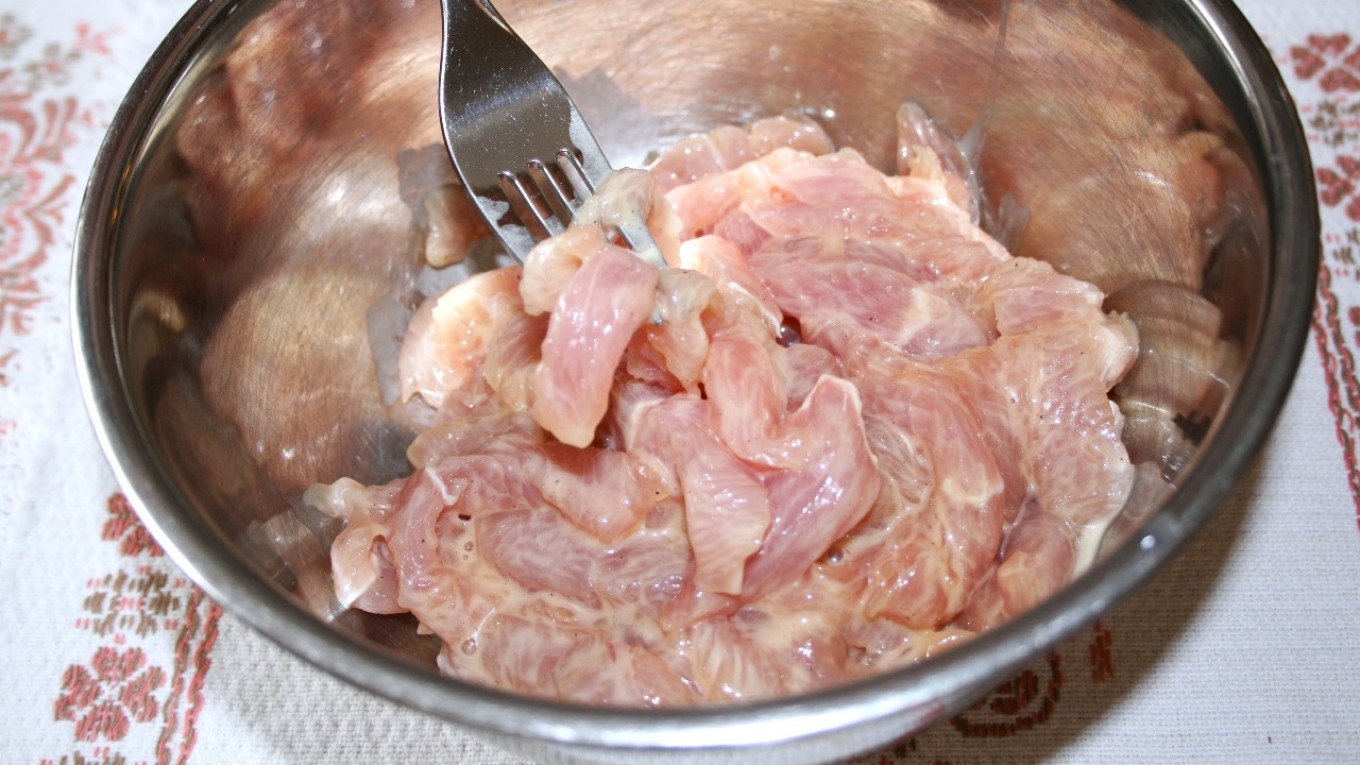
- During this time the starch dissolves completely and there won’t be any starchy taste.
- After 2 hours, heat up a pan with oil, take the chicken out of the refrigerator and mix it once again. With a spoon place a heap of chicken strips in the pan to form cutlets. Just cook as many cutlets as you are going to immediately eat. Fry on each side for 5 minutes.
- Put unused chicken back in the refrigerator to be used for another meal. A practical and delicious chicken dish!
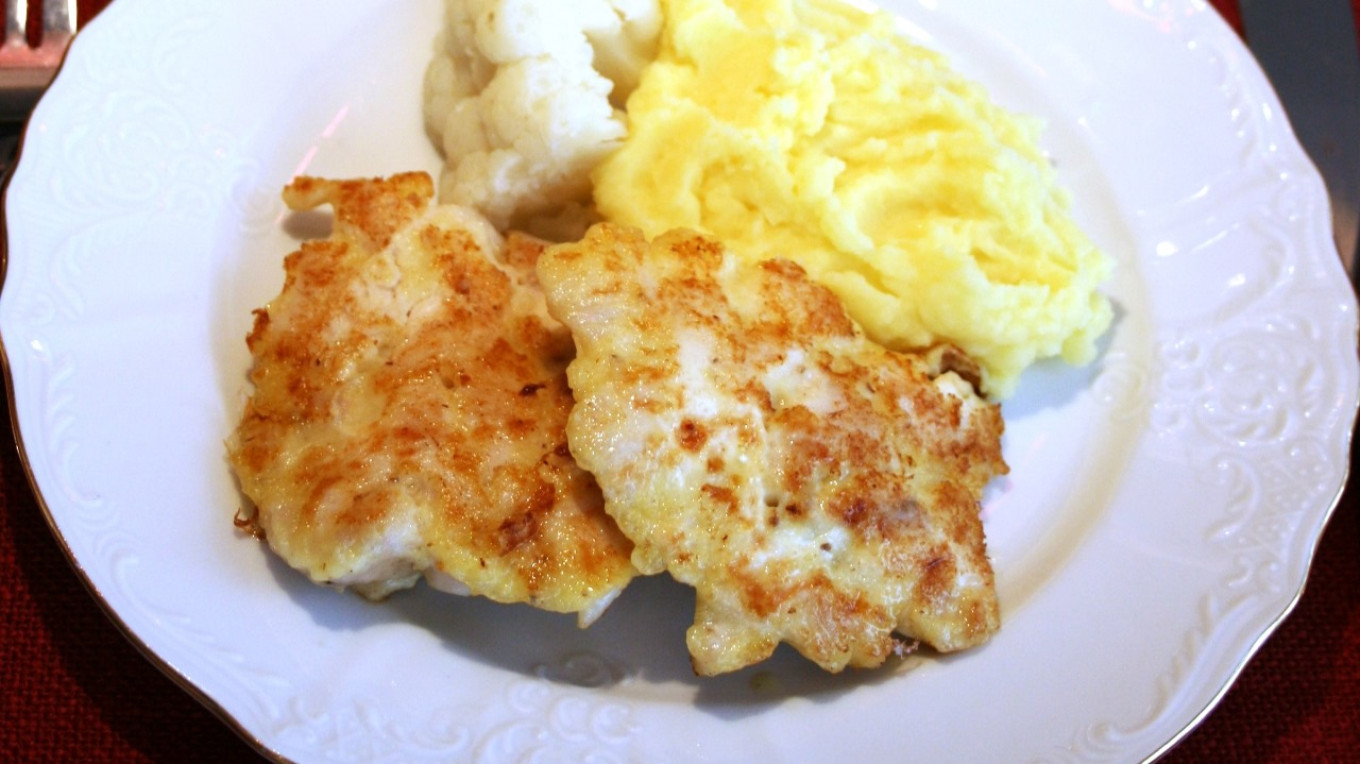
A Message from The Moscow Times:
Dear readers,
We are facing unprecedented challenges. Russia's Prosecutor General's Office has designated The Moscow Times as an "undesirable" organization, criminalizing our work and putting our staff at risk of prosecution. This follows our earlier unjust labeling as a "foreign agent."
These actions are direct attempts to silence independent journalism in Russia. The authorities claim our work "discredits the decisions of the Russian leadership." We see things differently: we strive to provide accurate, unbiased reporting on Russia.
We, the journalists of The Moscow Times, refuse to be silenced. But to continue our work, we need your help.
Your support, no matter how small, makes a world of difference. If you can, please support us monthly starting from just $2. It's quick to set up, and every contribution makes a significant impact.
By supporting The Moscow Times, you're defending open, independent journalism in the face of repression. Thank you for standing with us.
Remind me later.



